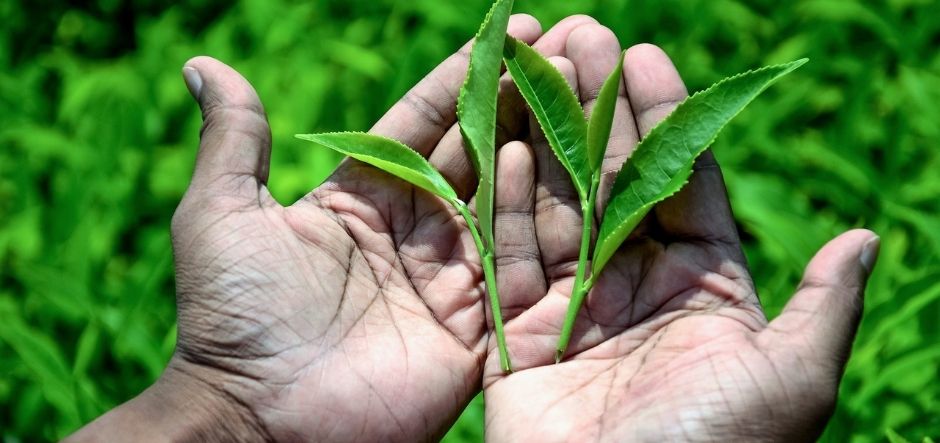
In-Depth with Priyanuz Dutta: Analysis of Rs 1000 Crore Tea worker welfare initiative, upcoming auction strategies, and the dynamics of tea pricing
Guwahati: In an engaging discussion with Business Northeast, Priyanuz Dutta, Secretary of the Guwahati Tea Auction Center (GTAC), delves into several key topics affecting the tea industry. He discusses the recent allocation of Rs 1000 crore aimed at enhancing the welfare of tea workers, highlighting how this substantial funding will address critical needs and improve living and working conditions for tea communities. Dutta also outlines the new auction strategies, particularly the experimental shift to 100 percent sale of Dust Teas through the auction platform, which promises greater transparency and efficiency. Lastly, he explains the factors influencing tea pricing, emphasizing how quality and market dynamics play crucial roles in determining prices.
BNE: Mr. Dutta, the recent budget has allocated Rs 1000 crore specifically for the welfare of tea workers. What is your perspective on this substantial allocation?
Priyanuz Dutta: The allocation of Rs 1000 crore for the welfare of tea workers is a highly commendable and progressive move. This financial boost represents a significant step forward in addressing the longstanding issues faced by tea workers. The funds will greatly enhance existing efforts to improve their living and working conditions, ultimately contributing to a more dignified and sustainable livelihood for them. By addressing various aspects of their welfare, from healthcare to education and housing, this initiative will help uplift their overall quality of life and support their communities in a meaningful way.
BNE: Moving on to the auction plans for this year, can you provide details on the current strategies and their implications for the industry?
Priyanuz Dutta: Certainly. This year, the Tea Board has introduced a new auction strategy that involves the 100% sale of Dust Teas through the Auction platform. This approach is being tested on an experimental basis, and the early results have been quite encouraging. Dust Teas, being a significant segment of the tea market, can benefit greatly from a structured auction system, which may enhance transparency and pricing efficiency. If this experiment proves successful, it could pave the way for expanding this model to include all types of tea. Such a move could potentially lead to a more streamlined and effective auction process across the board, benefiting both producers and buyers.
BNE: Lastly, how are tea prices determined in the market? Could you explain the role of quality in this process and outline the different quality types?
Priyanuz Dutta: Tea prices are influenced by a combination of several crucial factors. Firstly, the fundamental principle of supply and demand plays a significant role. When demand for a particular type of tea exceeds supply, prices tend to rise, and vice versa. Secondly, the quality of the tea itself is a major determinant of its price. Tea is graded based on various quality parameters, including its flavour, aroma, and appearance. Higher-quality teas generally command higher prices. Finally, consistency in quality is also crucial. Producers who maintain a consistent standard of quality across their products are more likely to achieve better price realizations. This consistency reassures buyers and helps in building a reliable market presence. In summary, the interplay of these factors like economic principles, intrinsic quality, and consistency ultimately dictates the pricing of tea in the market.